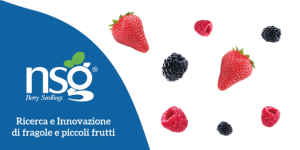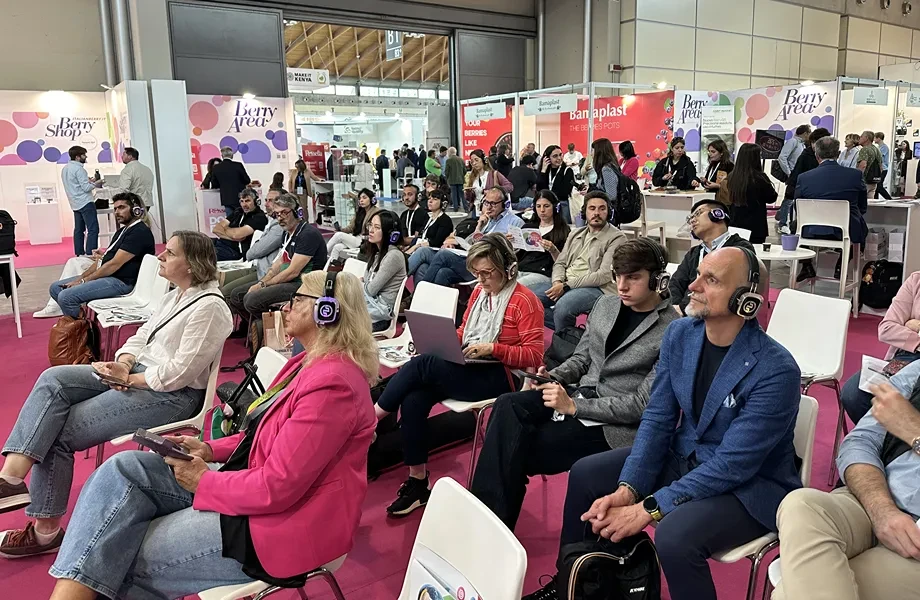At Macfrut 2025, the presentation by Thomas Drahorad (Italian Berry / NCX Drahorad) at the Berry Area offered a detailed and updated snapshot of the evolution of berry consumption in Italy. The presentation, titled “The Reasons Behind the Success of Berries in Italy: Consumer Behavior,” focused on the analysis of penetration, spending, and price dynamics for the main berry categories: blueberries, raspberries, blackberries, and redcurrants.
A growing category, but with different dynamics
The data analyzed by Drahorad show a structural and sustained growth of the “berries” category over the past five years, with a total increase in spending of 29%. The number of purchasing households has reached 9 million, with an average annual spending of €26 per household, up 35% compared to 2019.
However, behind this positive picture lie very different trends among the various berry types. Blueberries remain the driving force of the category, now accounting for 70% of total berry spending (+15 percentage points in five years) and 75% of volumes (+15 points). In 2024 alone, spending on blueberries increased by 18% compared to the previous year, while the number of purchasing households reached 7.7 million. The repeat purchase rate, at 68%, indicates a high level of consumer loyalty.
Raspberries and blackberries: mixed signals
Raspberries show contrasting signals: value growth over the past five years has been 39%, but this was mainly driven by an increase in average price (+21%), while volume growth was more modest (+15%). A slowdown in repeat purchases was also recorded, dropping from 56% to 53%, indicating less stable loyalty compared to blueberries.
Blackberries present a much more variable picture. On one hand, the market has doubled over the past three years, but on the other, penetration remains limited (1.7 million households), and the purchase frequency is just three times per year.
Between growth and maturity
The picture outlined by Drahorad suggests that the success of berries in Italy is no longer a passing trend, but a structural evolution in purchasing behavior. However, the category now faces a new challenge: moving from quantitative growth to building a long-term relationship with consumers. Perceived quality, consistency of supply, and product storytelling will be key elements in consolidating the results and addressing the next phase of development.








